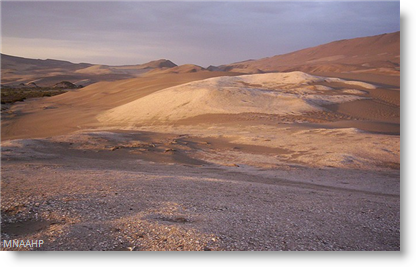
The El Niño phenomenon, or southern oscillation, which we are experiencing today occurs every few years in the Pacific, affecting weather patterns on and beyond its shores. The warm ocean current has certainly affected the Peruvian economy in the past four decades, but it also influenced the destiny of pre-Hispanic civilizations thousands of years ago.
French paleo-climatologist Matthiew Carré will be giving a talk on that history, El Niño in the Past 10,000 Years, at the National Museum of Archaeology and Anthropology on July 16.
Reconstructing ancient weather events by analyzing fossils of seashells found at archaeological sites along Peru’s coast, and combining this with data from the entire Pacific, shows that the current decades of El Niño are the strongest in the past 11,000 years (known as the Holocene or recent epoch).
The oscillation of these ocean currents was very mild some 3,000 to 6,000 years ago, which is when some of the great civilizations developed on the Peruvian coast.
Carré has specialized in the history of climate change in tropical zones, and began to study seashell fossils from Peruvian archaeological sites during his doctoral studies at Montepellier University, in collaboration with Dr. Danièle Lavallée. He later continued these studies at Washington University between 2006 and 2008. He now heads the Institute for Evolution Science at Montepellier and is on the staff of France’s National Center for Scientific Investigation, CNRS.
Where and When: July 16 at 7pm, at the National Museum of Archaeology and Anthropology, Plaza Bolivar, Pueblo Libre. Admittance: Free.





